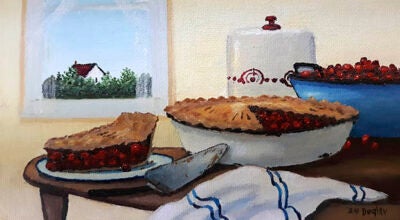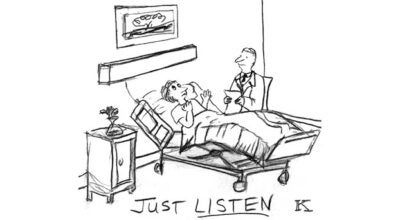Treasures on the shelves — Other hidden figures in history
Published 10:39 am Saturday, March 5, 2022
|
Getting your Trinity Audio player ready...
|
As we celebrate Women’s History Month, I was thinking about the many contributions women have made to better our world. The saying ‘history is written by the victors’ is often used to describe a lopsided narrative where the fullness of historical events is obscured in order to maintain a certain perspective.
In 2016, Margot Lee Shetterly published “Hidden Figures: The American Dream and the Untold Story of the Black Women Mathematicians Who Helped Win the Space Race.” The book was a massive success and was made into a successful movie, being the rare example of a film that was as good as the book. As I began writing this article, I was thinking about the other “hidden figures” in our history that deserve to have some light shed upon their accomplishments.
Hedy Lamarr and Rosalind Franklin both made extraordinary contributions to what we now call STEM – science, technology, engineering and mathematics. Lamarr, in addition to being one of the most famous movie stars of the 1940s, was also a scientific genius who helped develop what is now called spread spectrum technology. Originally invented to help U.S. warships evade German torpedoes, her invention later served as a template for our cellphone and GPS technology.
Rosalind Franklin was also a brilliant scientist whose work with X-ray images helped lay the ground work for identifying the molecular conformation of DNA. The three male scientists who went on to win the Nobel Prize for discovering the double-helix structure of DNA were reluctant to acknowledge her contributions. Only after other scientists worked to have her research acknowledged did the full extent of her exploration become known. Author Marie Benedict has written about both women. “The Only Woman in the Room” chronicles Lamarr’s life and “Her Hidden Genius” is a fictionalized account of Franklin’s life and work.
I recently finished a fascinating nonfiction book, “The Secret History of Home Economics” by Danielle Dreilinger. Rather than being a dull account of the dreaded home economic classes of the seventies and eighties, the book instead illuminates the origins of the program that not only allowed women to pursue degrees in science disciplines but also helped develop Head Start, consumer protection laws and the school lunch program.
Two women, Ellen Richards and Margaret Murray Washington, are widely credited with creating what was then called “domestic science.” Richards was the first female graduate of MIT, with a degree in chemistry. Washington was the wife of Booker T. Washington and while working at Tuskegee Institute, she created one of the first science degree curriculums for women of color.
“The Equivalents” by Maggie Doherty also chronicles a pioneering program in education. Begun in 1960, the Institute for Independent Study at Radcliffe College was created with the intention of providing higher education for women working in the arts. The fellowships were given to female applicants who were already accomplished writers, painters and poets, including Anne Sexton who would win the Pulitzer Prize for poetry just a few years later. They were given a stipend to meet household expenses while they worked on the two-year program. This was an era when women were discouraged from pursuing any path that deviated from home and family and finding friendship and comradery with others in the program was one of the successes of the curriculum. As one of the program founders put it: “We spoke to their condition.”
And later generations are better for all of these contributions!
Holly Howze is the branch manager for the Ripberger Public Library located in Kenbridge. She can be reached at lcplsbooks@gmail.com.



